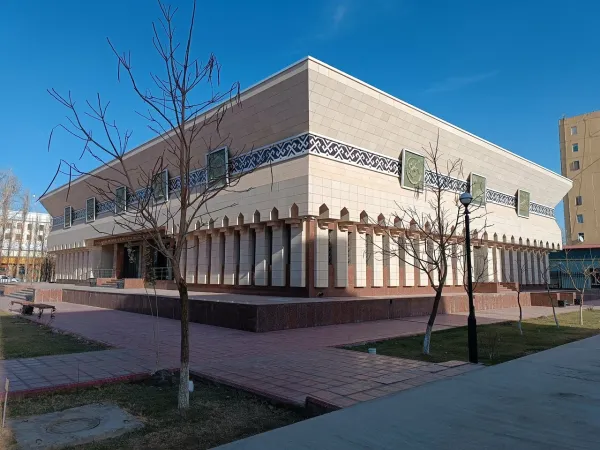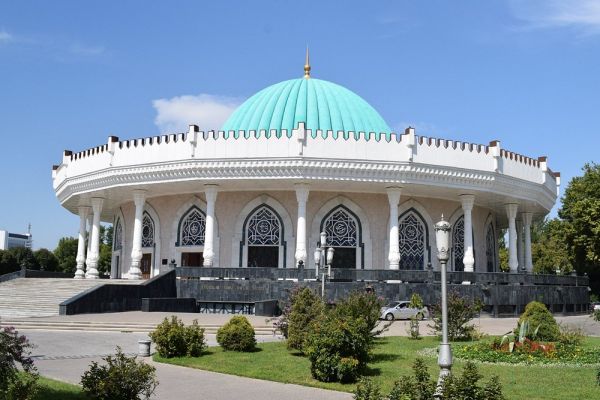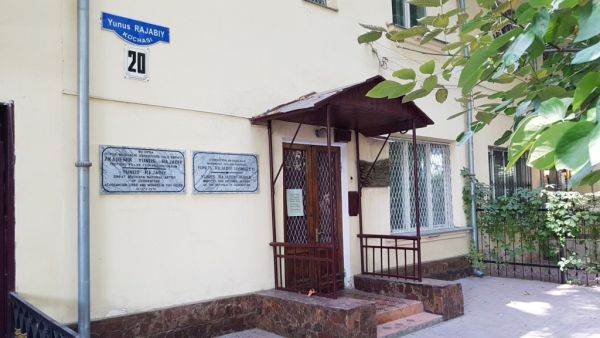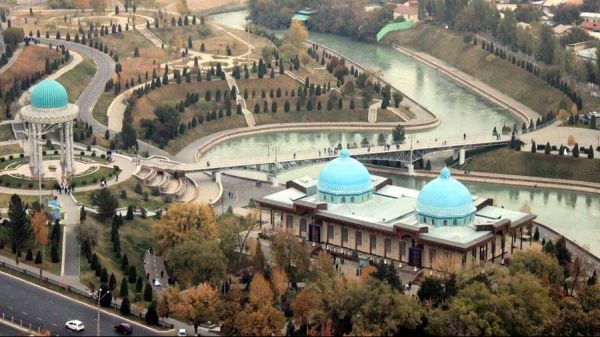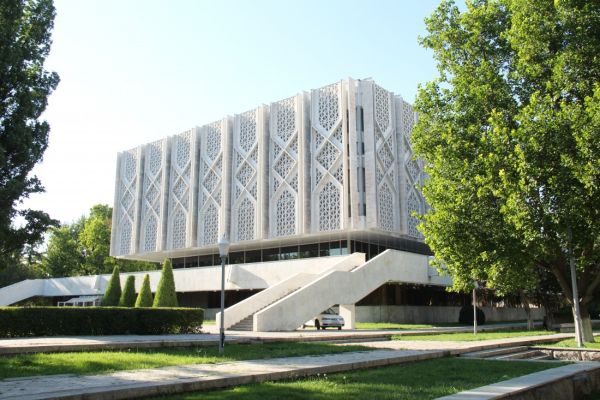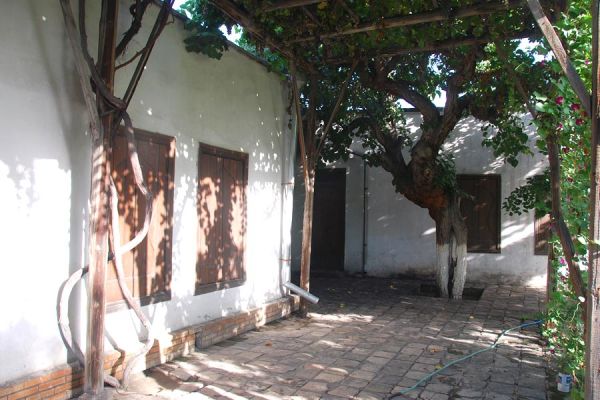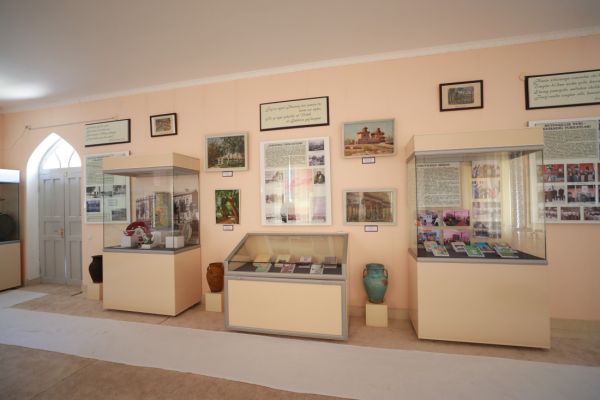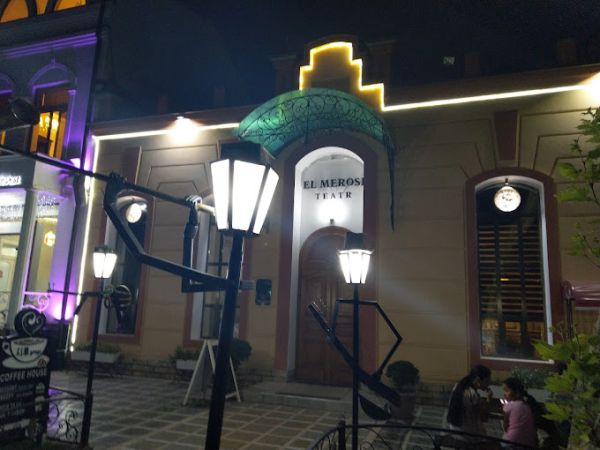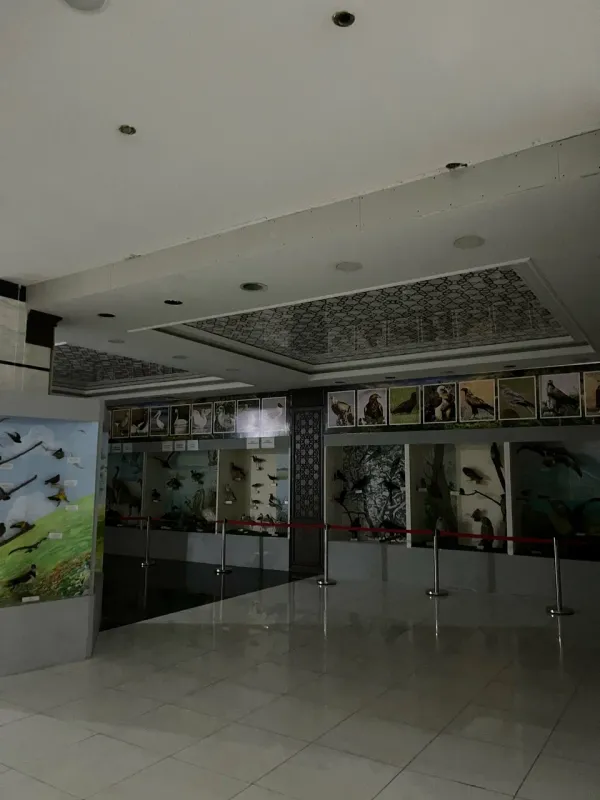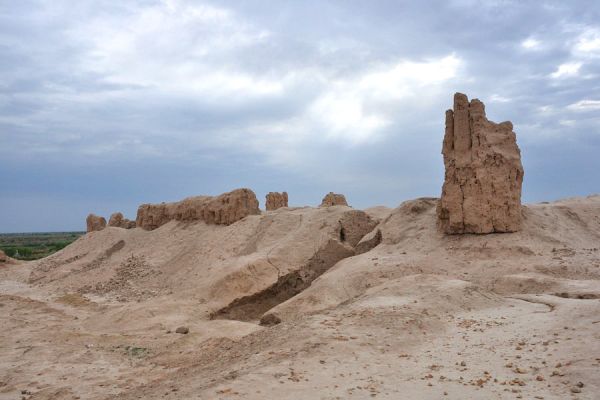The State Museum of History and Culture of the Republic of Karakalpakstan
The State Museum of History and Culture of the Republic of Karakalpakstan is one of the oldest museums in Central Asia. Its history began in 1929 with an exhibition organized by the Society of Local Historians of Karakalpakstan in Turtkul. Currently, the museum is located in Nukus and has more than 65,000 exhibits, divided into three departments: nature, archeology and ethnography, and modern history.
The museum features fossilized remains of ancient animals and plants, stuffed rare and extinct birds and animals of the Aral Sea region. The exhibit "The Last Turanian Tiger" is unique. Such tigers lived widely from Altai to the Black Sea, but these animals were exterminated because of their beautiful skins. The last tiger was killed in the Amu Darya Delta by local residents in 1949. Upon learning about this, the director of the Museum of Local Lore took all measures to ensure that the tiger carcass got into the museum, and to preserve it at least in the form of a stuffed animal.
The archaeological expositions contain unparalleled artifacts and models of Ancient Khorezm mounds. In particular, the capital is in the form of an animal with aries horns, but with a human face, hollowed out more than 2500 years ago from the stones of the Sultanuizdag mountains. The bronze cauldron of the VI–V centuries BC is unique. On three legs, similar to the legs of animals, its handle is decorated in the form of a horse.
The ethnographic exhibitions feature ancient folk costumes, jewelry, yurt decorations, carpets, traditional musical instruments, edged weapons and armor, horse equipment.
Historical expositions are represented by manuscripts and old printed books, coins, portraits of epic heroes and historical figures, and photographs depicting the development of the region since the beginning of the 20th century.








